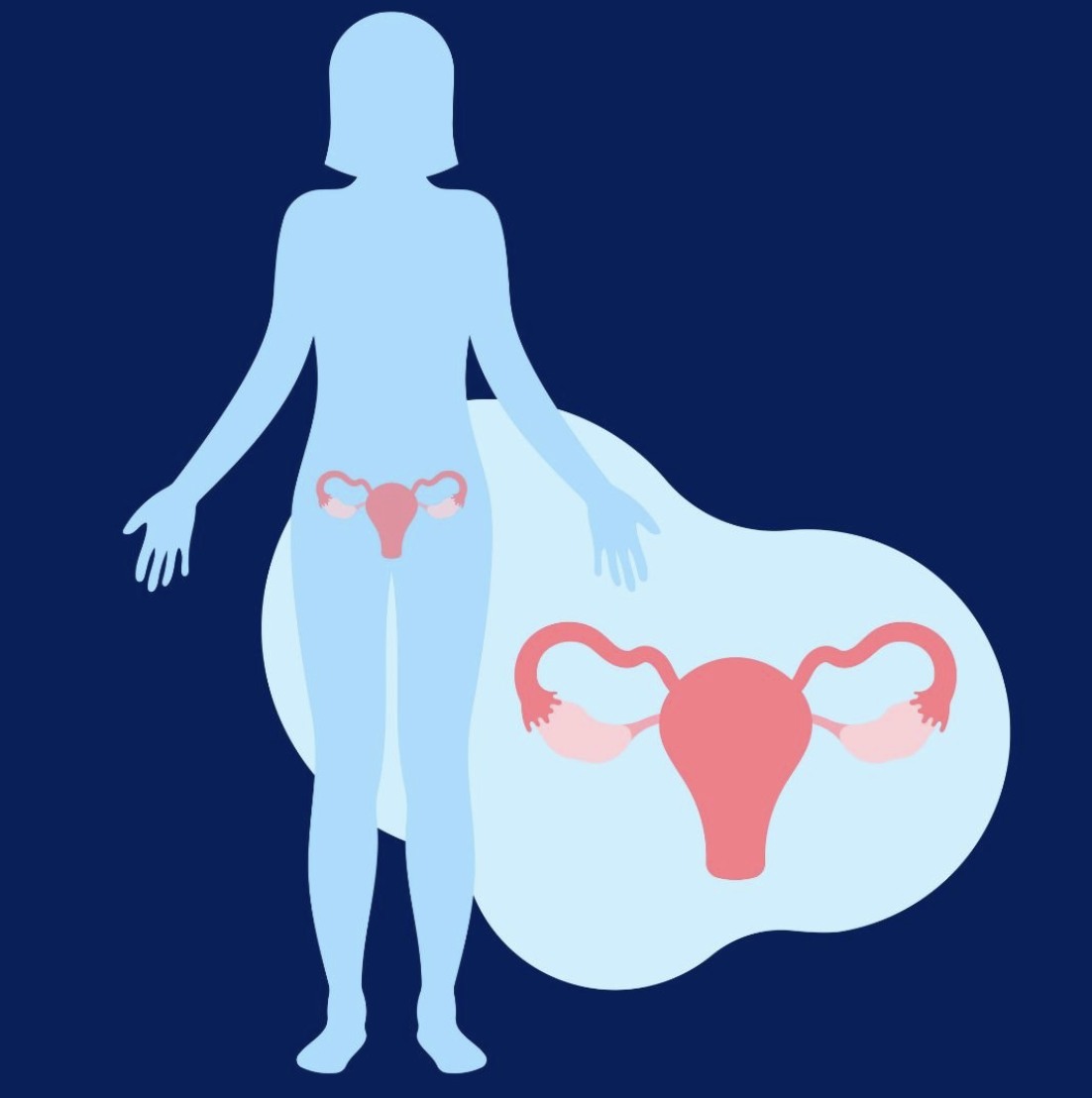What Is A Hysterectomy?
A hysterectomy is a surgical procedure that involves the removal of the uterus, or womb, in women.
It is a common procedure recommended for a variety of medical reasons, such as treating gynecological conditions like uterine fibroids, endometriosis, adenomyosis, pelvic inflammatory disease, or cancer of the uterus, cervix, or ovaries.
Hysterectomies can be performed in different ways, depending on the specific condition being addressed and the patient's individual needs.
There are several types of hysterectomies:
Total hysterectomy:
This is the most common type, where both the uterus and cervix are removed. In some cases, the fallopian tubes and ovaries may also be taken out, which is known as a hysterectomy with bilateral salpingo-oophorectomy.
Partial hysterectomy:
In this procedure, only the upper portion of the uterus is removed, leaving the cervix intact. This is often performed when the condition being treated does not affect the cervix.
Radical hysterectomy:
This procedure involves the removal of the uterus, cervix, upper part of the vagina, and the supporting structures around the uterus, such as lymph nodes and ligaments. Radical hysterectomy is typically performed to treat certain types of gynecological cancers.
Laparoscopic or robotic-assisted hysterectomy:
These minimally invasive techniques involve making small incisions in the abdomen to access the uterus. With the assistance of a laparoscope or robotic instruments, the uterus is then removed. This type of hysterectomy usually results in smaller scars, less postoperative pain, and quicker recovery compared to traditional open surgery.
Vaginal hysterectomy:
In this procedure, the uterus is removed through the vagina without any external incisions. It is commonly recommended when the condition being treated allows for vaginal removal and the uterus is not too large.



